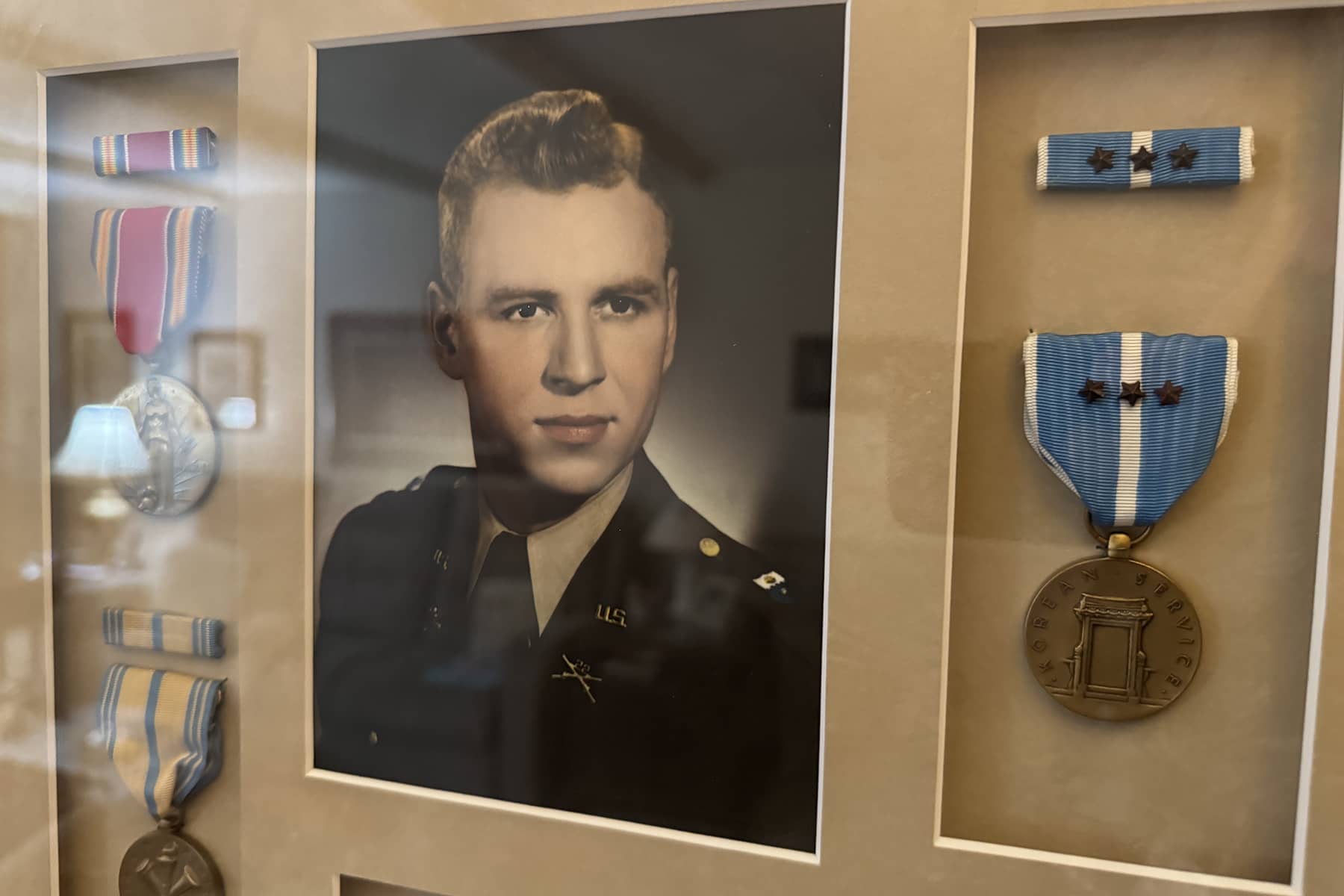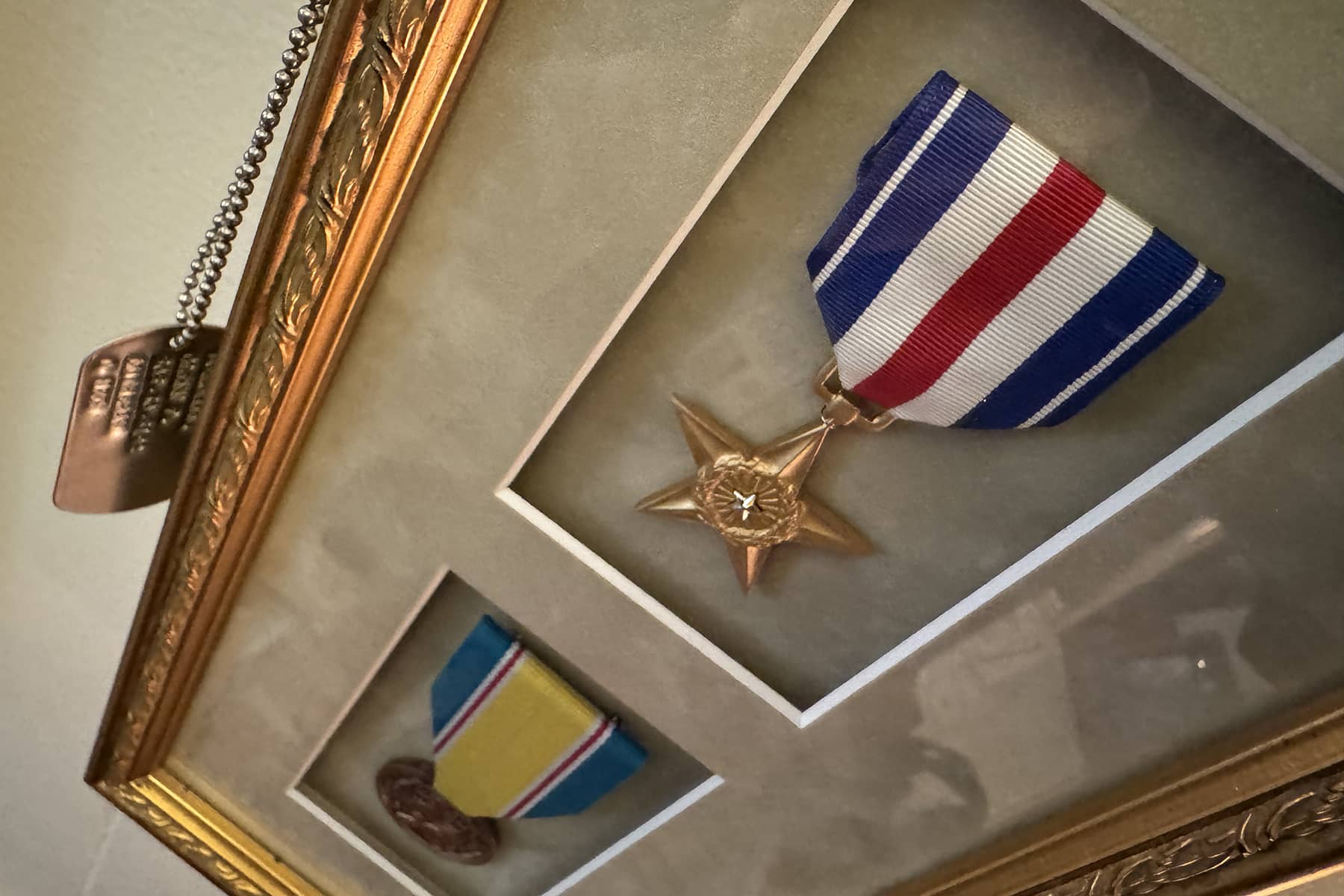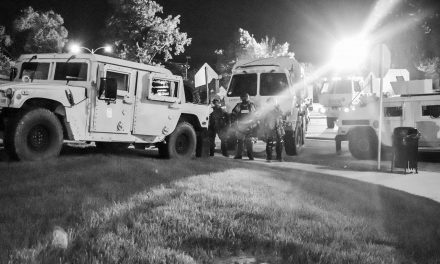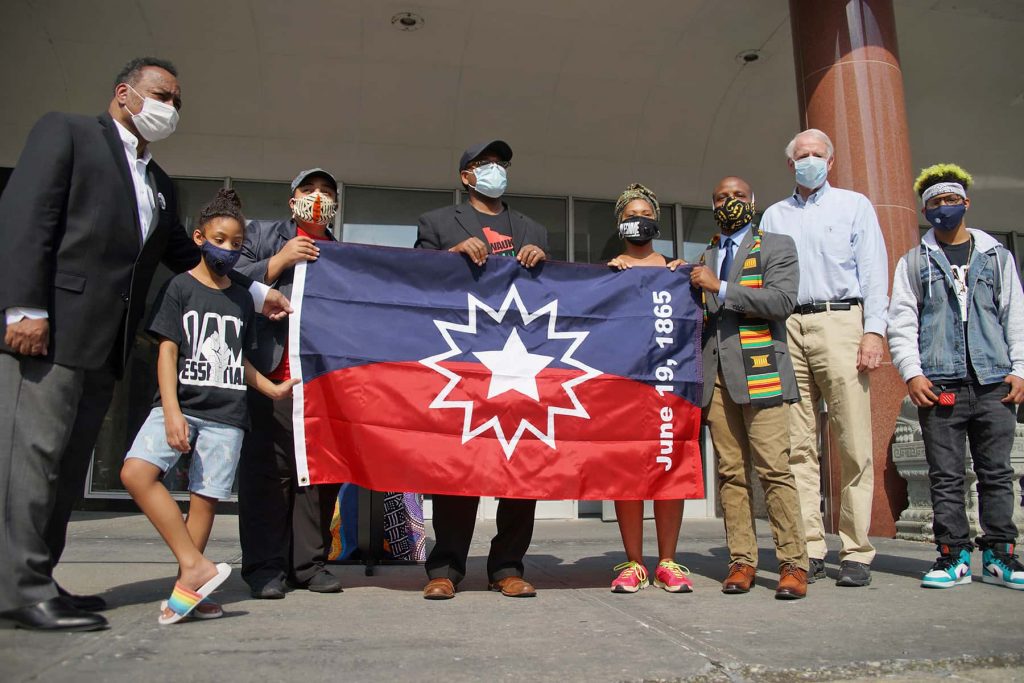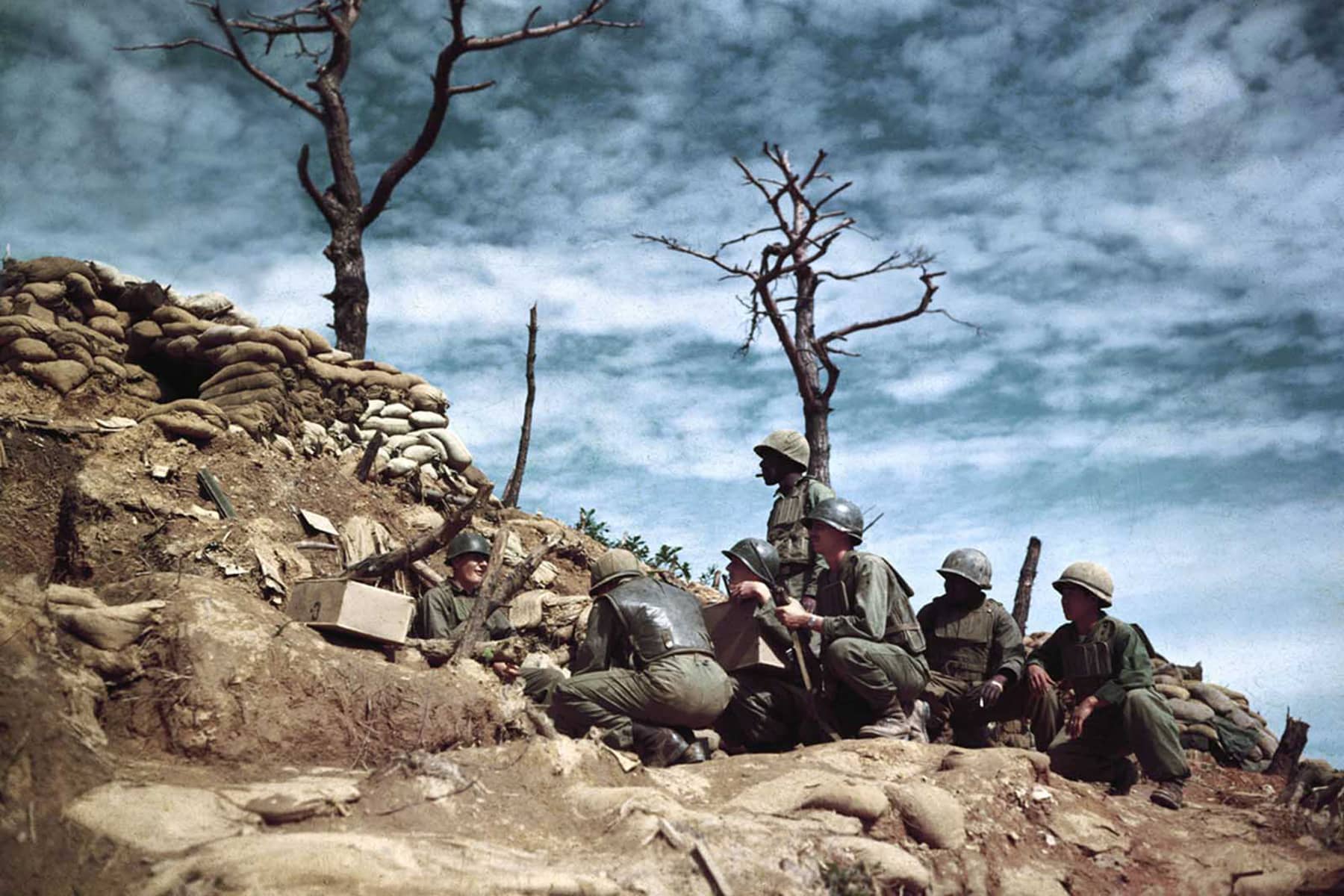
The Battle for Hill 266, a position also referred to as “Old Baldy,” was one of the Korean War’s most fiercely contested engagements. Among the soldiers who displayed extraordinary acts of valor and sacrifice was Glenn Dohrmann. His leadership and bravery earned him the Silver Star, a commendation for gallantry in action against an enemy of the United States.
Dohrmann’s company had already suffered significant losses over the course of the war. Beginning with 174 men, it was reduced to a couple dozen by the time he was given the mission as a platoon leader to take Hill 266 in October of 1952. He faced a daunting task as they approached a formidable mountain known as “Old Baldy.” United Nations forces had already failed three previous times to take the territory.
Hill 266 got its nickname after artillery and mortar fire stripped its crest of trees. As the highest point on a ridge, the position held significant strategic value by commanding views over the surrounding terrain in three directions.
“The mountain was different from any mountain you ever saw. It was called ‘Old Baldy’ for a reason,” said Dohrmann. “It had absolutely no cover and, as you looked at it from the front, you saw the ground was smoothed all the way straight down.”
The battle for Old Baldy consisted of five engagements for control of Hill 266 in west-central Korea. The clashes took place over a span of 10 months from June 26, 1952 to March 26, 1953, with intense fighting occurring both before and after the main engagements.
The Chinese had more than ten battalions of artillery deployed along the front. U.N. forces originally devised a two-phase operation aimed at capturing and holding outposts located a few thousand yards ahead of the main defensive line.
The first engagement began in the spring of 1952, as U.N. forces sought to secure the hill from Chinese control. The initial attack was met with stiff resistance, and fierce fighting ensued, with both sides suffering heavy casualties.
Throughout the summer and into the fall, the battle for Old Baldy continued, with both sides launching repeated offensives. The second and third engagements saw the hill change hands several times, each assault marked by intense artillery bombardments and close-quarters combat.
Winter would bring no respite, as the fourth engagement took place amid freezing temperatures and harsh conditions. Both sides dug in, fortifying their positions with bunkers and trenches. The fighting became a war of attrition, with each side trying to wear down the other.
“Before we even started up the hill I lost three men from mortars, plus my company commander. He was the first one killed when a round hit right in his foxhole,” said Dohrmann. “So, now, I’m in charge. And I have no radio, no way to communicate with anybody.”
The rugged terrain and limited cover made each advance costly, requiring soldiers to brave a deadly hail of bullets and shrapnel. With the first and second platoons ready to engage, Dohrmann’s troops prepared for the ascent up Hill 266.
The plan was to follow in support and maintain a tactical distance. Dohrmann said the third platoon had already been wiped out. In the chaos of battle and with the loss of leadership, Dohrmann attempted to coordinate with other units. As they advanced, Dohrmann’s platoon was under constant fire.
“For 14 days, nobody could crack that line up there. The enemy fire was fierce and relentless,” said Dohrmann. “On my last assault, the bullets were coming from above us, raining down on top of our position, and we were trapped.”
Dohrmann was later hit in the shoulder by Chinese machine gun fire. Despite his wound, he continued leading his men up the hill against a well-entrenched enemy. With their ammunition running low, they relied on grenades and sheer determination. During his effort to neutralize an enemy position, he was wounded two more times.
“The war ended for me on that day. I was hospitalized for nine months, with extensive treatment and rehabilitation,” said Dohrmann. “The machine gun bullets left me with bad wounds, they really tore my body apart. I still have the scars and struggle with internal damage all these decades later.”
Dohrmann earned a Purple Heart for his actions on that day. He was also nominated for the Medal of Honor, America’s highest military honor. However, it was ultimately denied because not enough soldiers who witnessed his heroism survived the battle to corroborate what happened. Instead, he was awarded a Silver Star.
While Dohrmann was out of the fight, the battle for Hill 266 went on. The final and most decisive phase of the battle happened in early 1953. In March, the Chinese launched a major offensive, overwhelming the U.N. defenders with a combination of massed infantry attacks and continuous artillery fire.
Despite desperate attempts to hold the line, the U.N. forces were ultimately pushed back. By the end of the engagement, the Chinese had secured Old Baldy, solidifying their control over the hill. It was a costly conflict for both sides. Even though U.N. forces captured Hill 266 multiple times, the battle ended as it began with the Chinese occupying the strategic position.
U.N. forces suffered 357 deaths, while Chinese casualties were estimated to have reached up to 1,100. Despite the heavy losses, the battle had little strategic impact on the broader Korean War. It also highlighted the challenges faced by the U.N. forces, as they struggled to gain a decisive advantage. It would foreshadow the events at Pork Chop Hill as a precursor of what was to come.
MI Staff (Korea)
Lее Mаtz
Library Of Congress
- Exploring Korea: Stories from Milwaukee to the DMZ and across a divided peninsula
- A pawn of history: How the Great Power struggle to control Korea set the stage for its civil war
- Names for Korea: The evolution of English words used for its identity from Gojoseon to Daehan Minguk
- SeonJoo So Oh: Living her dream of creating a "folded paper" bridge between Milwaukee and Korean culture
- A Cultural Bridge: Why Milwaukee needs to invest in a Museum that celebrates Korean art and history
- Korean diplomat joins Milwaukee's Korean American community in celebration of 79th Liberation Day
- John T. Chisholm: Standing guard along the volatile Korean DMZ at the end of the Cold War
- Most Dangerous Game: The golf course where U.S. soldiers play surrounded by North Korean snipers
- Triumph and Tragedy: How the 1988 Seoul Olympics became a battleground for Cold War politics
- Dan Odya: The challenges of serving at the Korean Demilitarized Zone during the Vietnam War
- The Korean Demilitarized Zone: A border between peace and war that also cuts across hearts and history
- The Korean DMZ Conflict: A forgotten "Second Chapter" of America's "Forgotten War"
- Dick Cavalco: A life shaped by service but also silence for 65 years about the Korean War
- Overshadowed by conflict: Why the Korean War still struggles for recognition and remembrance
- Wisconsin's Korean War Memorial stands as a timeless tribute to a generation of "forgotten" veterans
- Glenn Dohrmann: The extraordinary journey from an orphaned farm boy to a highly decorated hero
- The fight for Hill 266: Glenn Dohrmann recalls one of the Korean War's most fierce battles
- Frozen in time: Rare photos from a side of the Korean War that most families in Milwaukee never saw
- Jessica Boling: The emotional journey from an American adoption to reclaiming her Korean identity
- A deportation story: When South Korea was forced to confront its adoption industry's history of abuse
- South Korea faces severe population decline amid growing burdens on marriage and parenthood
- Emma Daisy Gertel: Why finding comfort with the "in-between space" as a Korean adoptee is a superpower
- The Soul of Seoul: A photographic look at the dynamic streets and urban layers of a megacity
- The Creation of Hangul: A linguistic masterpiece designed by King Sejong to increase Korean literacy
- Rick Wood: Veteran Milwaukee photojournalist reflects on his rare trip to reclusive North Korea
- Dynastic Rule: Personality cult of Kim Jong Un expands as North Koreans wear his pins to show total loyalty
- South Korea formalizes nuclear deterrent strategy with U.S. as North Korea aims to boost atomic arsenal
- Tea with Jin: A rare conversation with a North Korean defector living a happier life in Seoul
- Journalism and Statecraft: Why it is complicated for foreign press to interview a North Korean defector
- Inside North Korea’s Isolation: A decade of images show rare views of life around Pyongyang
- Karyn Althoff Roelke: How Honor Flights remind Korean War veterans that they are not forgotten
- Letters from North Korea: How Milwaukee County Historical Society preserves stories from war veterans
- A Cold War Secret: Graves discovered of Russian pilots who flew MiG jets for North Korea during Korean War
- Heechang Kang: How a Korean American pastor balances tradition and integration at church
- Faith and Heritage: A Pew Research Center's perspective on Korean American Christians in Milwaukee
- Landmark legal verdict by South Korea's top court opens the door to some rights for same-sex couples
- Kenny Yoo: How the adversities of dyslexia and the war in Afghanistan fueled his success as a photojournalist
- Walking between two worlds: The complex dynamics of code-switching among Korean Americans
- A look back at Kamala Harris in South Korea as U.S. looks ahead to more provocations by North Korea
- Jason S. Yi: Feeling at peace with the duality of being both an American and a Korean in Milwaukee
- The Zainichi experience: Second season of “Pachinko” examines the hardships of ethnic Koreans in Japan
- Shadows of History: South Korea's lingering struggle for justice over "Comfort Women"
- Christopher Michael Doll: An unexpected life in South Korea and its cross-cultural intersections
- Korea in 1895: How UW-Milwaukee's AGSL protects the historic treasures of Kim Jeong-ho and George C. Foulk
- "Ink. Brush. Paper." Exhibit: Korean Sumukhwa art highlights women’s empowerment in Milwaukee
- Christopher Wing: The cultural bonds between Milwaukee and Changwon built by brewing beer
- Halloween Crowd Crush: A solemn remembrance of the Itaewon tragedy after two years of mourning
- Forgotten Victims: How panic and paranoia led to a massacre of refugees at the No Gun Ri Bridge
- Kyoung Ae Cho: How embracing Korean heritage and uniting cultures started with her own name
- Complexities of Identity: When being from North Korea does not mean being North Korean
- A fragile peace: Tensions simmer at DMZ as North Korean soldiers cross into the South multiple times
- Byung-Il Choi: A lifelong dedication to medicine began with the kindness of U.S. soldiers to a child of war
- Restoring Harmony: South Korea's long search to reclaim its identity from Japanese occupation
- Sado gold mine gains UNESCO status after Tokyo pledges to exhibit WWII trauma of Korean laborers
- The Heartbeat of K-Pop: How Tina Melk's passion for Korean music inspired a utopia for others to share
- K-pop Revolution: The Korean cultural phenomenon that captivated a growing audience in Milwaukee
- Artifacts from BTS and LE SSERAFIM featured at Grammy Museum exhibit put K-pop fashion in the spotlight
- Hyunjoo Han: The unconventional path from a Korean village to Milwaukee’s multicultural landscape
- The Battle of Restraint: How nuclear weapons almost redefined warfare on the Korean peninsula
- Rejection of peace: Why North Korea's increasing hostility to the South was inevitable
- WonWoo Chung: Navigating life, faith, and identity between cultures in Milwaukee and Seoul
- Korean Landmarks: A visual tour of heritage sites from the Silla and Joseon Dynasties
- South Korea’s Digital Nomad Visa offers a global gateway for Milwaukee’s young professionals
- Forgotten Gando: Why the autonomous Korean territory within China remains a footnote in history
- A game of maps: How China prepared to steal Korean history to prevent reunification
- From Taiwan to Korea: When Mao Zedong shifted China’s priority amid Soviet and American pressures
- Hoyoon Min: Putting his future on hold in Milwaukee to serve in his homeland's military
- A long journey home: Robert P. Raess laid to rest in Wisconsin after being MIA in Korean War for 70 years
- Existential threats: A cost of living in Seoul comes with being in range of North Korea's artillery
- Jinseon Kim: A Seoulite's creative adventure recording the city’s legacy and allure through art
- A subway journey: Exploring Euljiro in illustrations and by foot on Line 2 with artist Jinseon Kim
- Seoul Searching: Revisiting the first film to explore the experiences of Korean adoptees and diaspora

